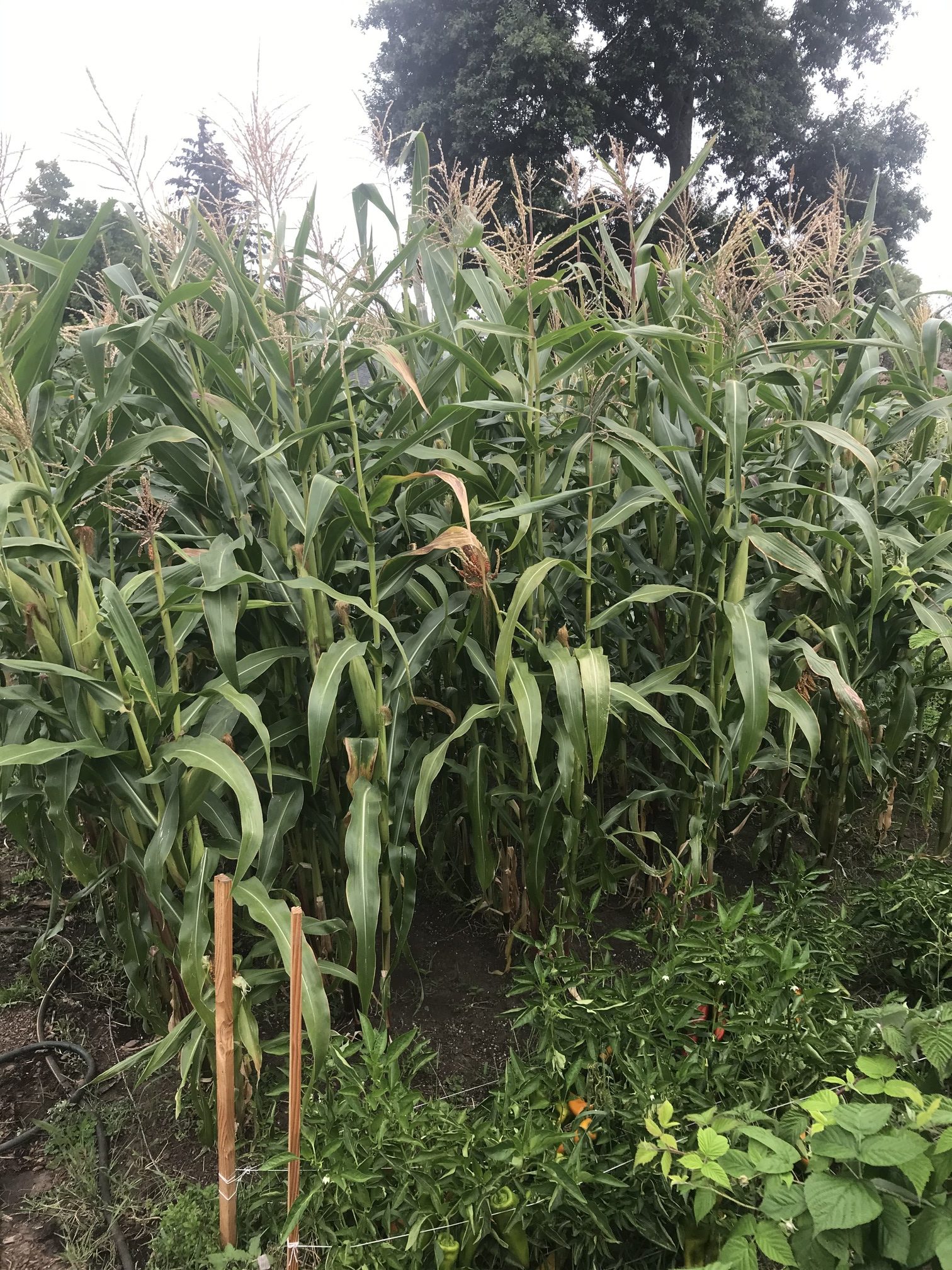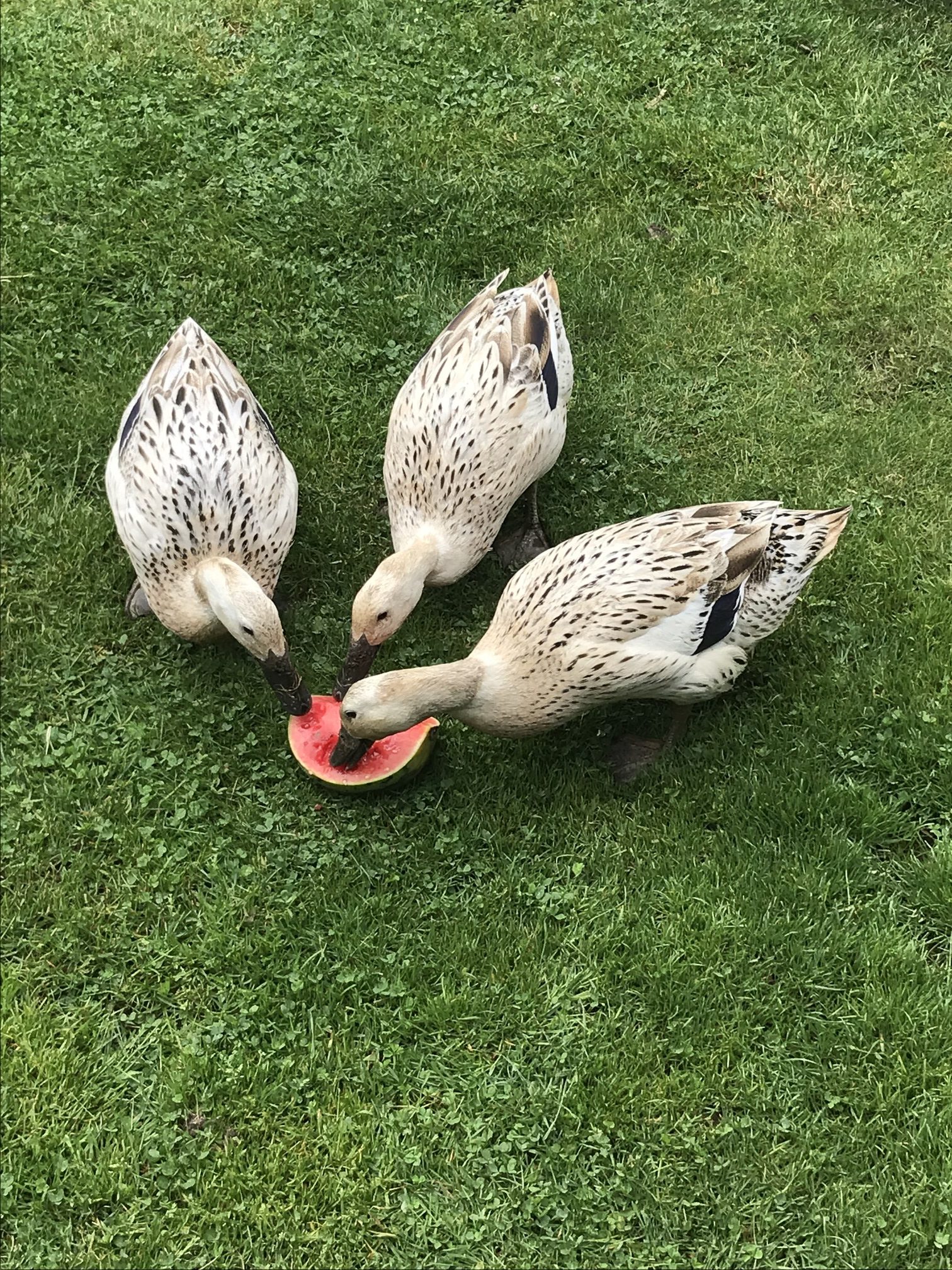Urban Homesteading PDX
A collection of stories from our urban homestead in Portland Oregon.
Our Stories
Follow along as we learn and explore urban homesteading in Portland, Oregon
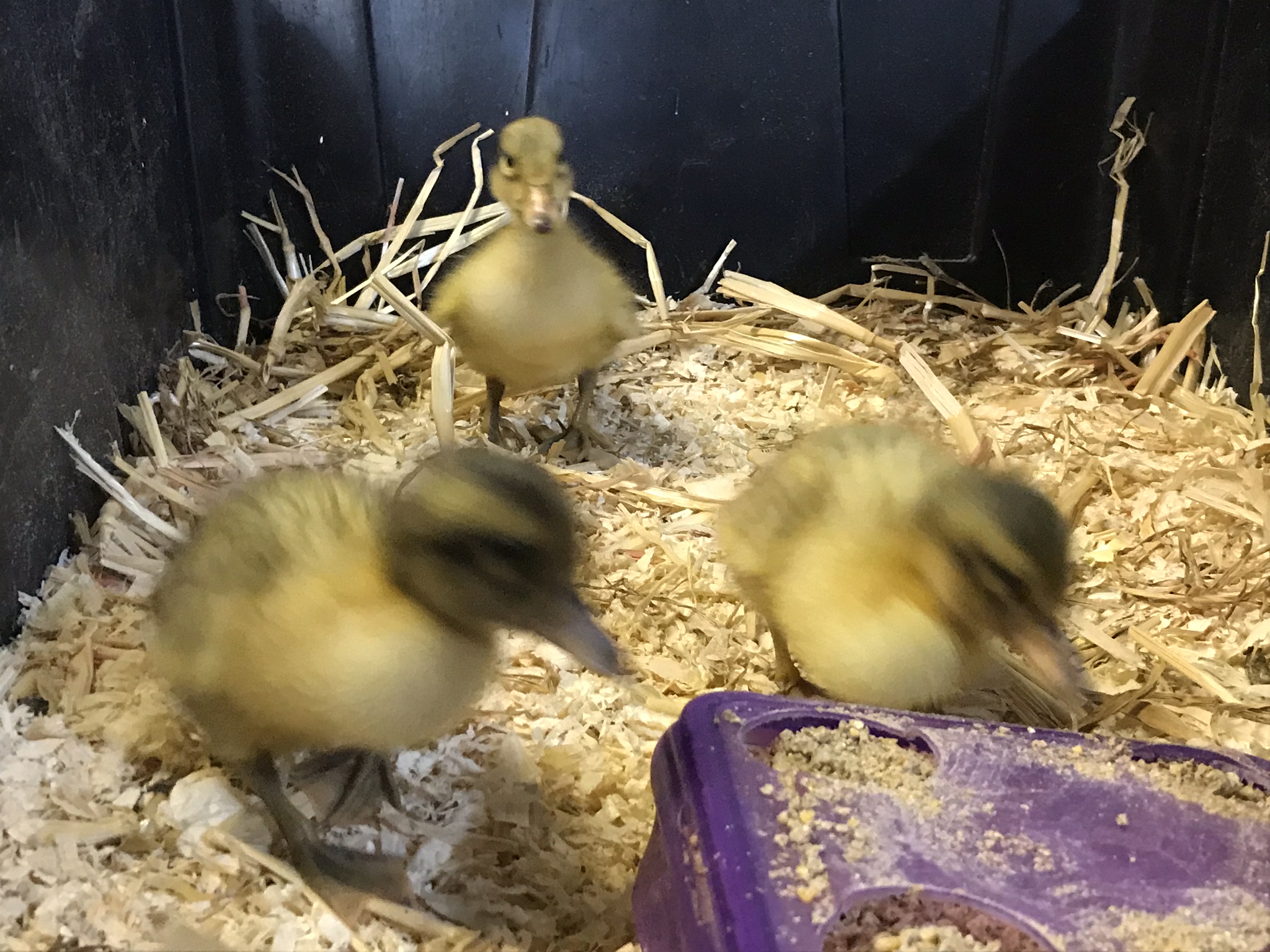
Feed for Ducklings
What Feed for Ducklings to Grow Big and Strong Ducklings grow rapidly with proper feed for ducklings from babies to fully mature birds in 16 weeks. Use duckling-specific feed that is unmedicated and limit the number of healthy snacks to keep their growth on target....
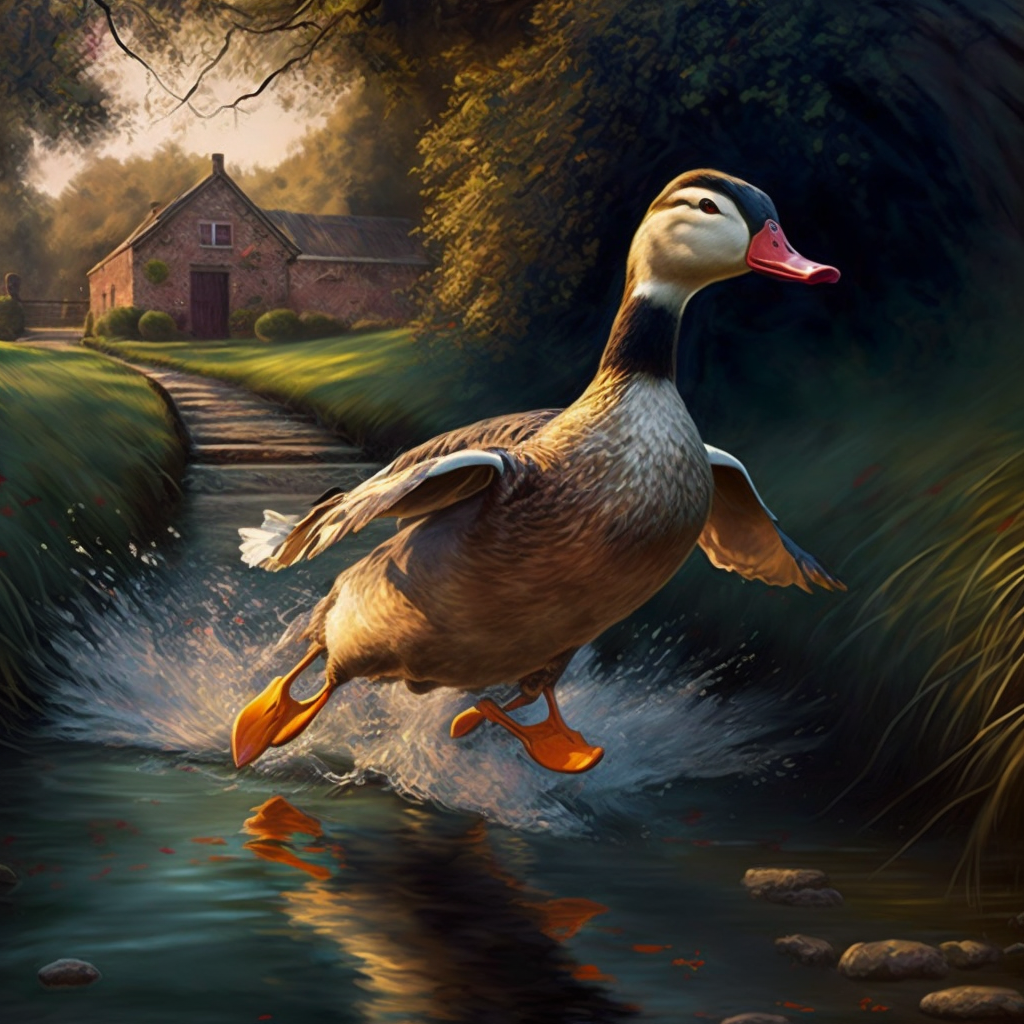
Duck Pen Ideas
Duck Pen Ideas for Urban Homesteads Every urban homesteader with chickens and ducks should have an out space for their flock to free range. The following duck pen ideas will work for both chickens and ducks. The number one goal of a duck enclosure is to protect...
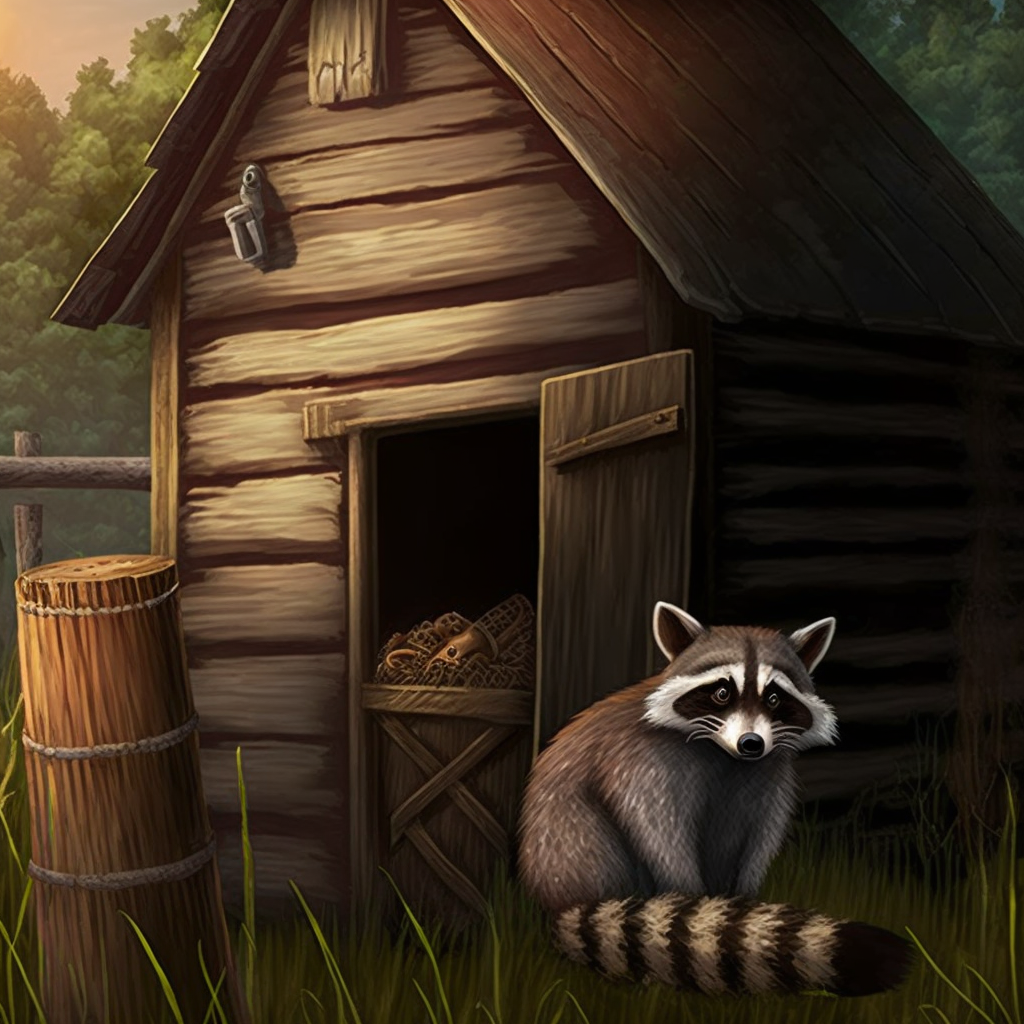
How to Protect Ducks from Predators
Strategies for How to Protect Ducks from Predators How to protect ducks from predators. Well that is easy. Secure the coop and build it from solid materials. Develop a fully hardened enclosure. Remove food and water during the day. Create a fence around the...

A Frame Duck Coop Plans
Simple A Frame Duck Coop Plans A Frame Duck Coop Plans are simple! Two pieces of plywood. A few 2x4 pieces of lumber for support and exterior deck screws to assemble it together. Look at the pictures below and get to building. This is the simplest way to provide...
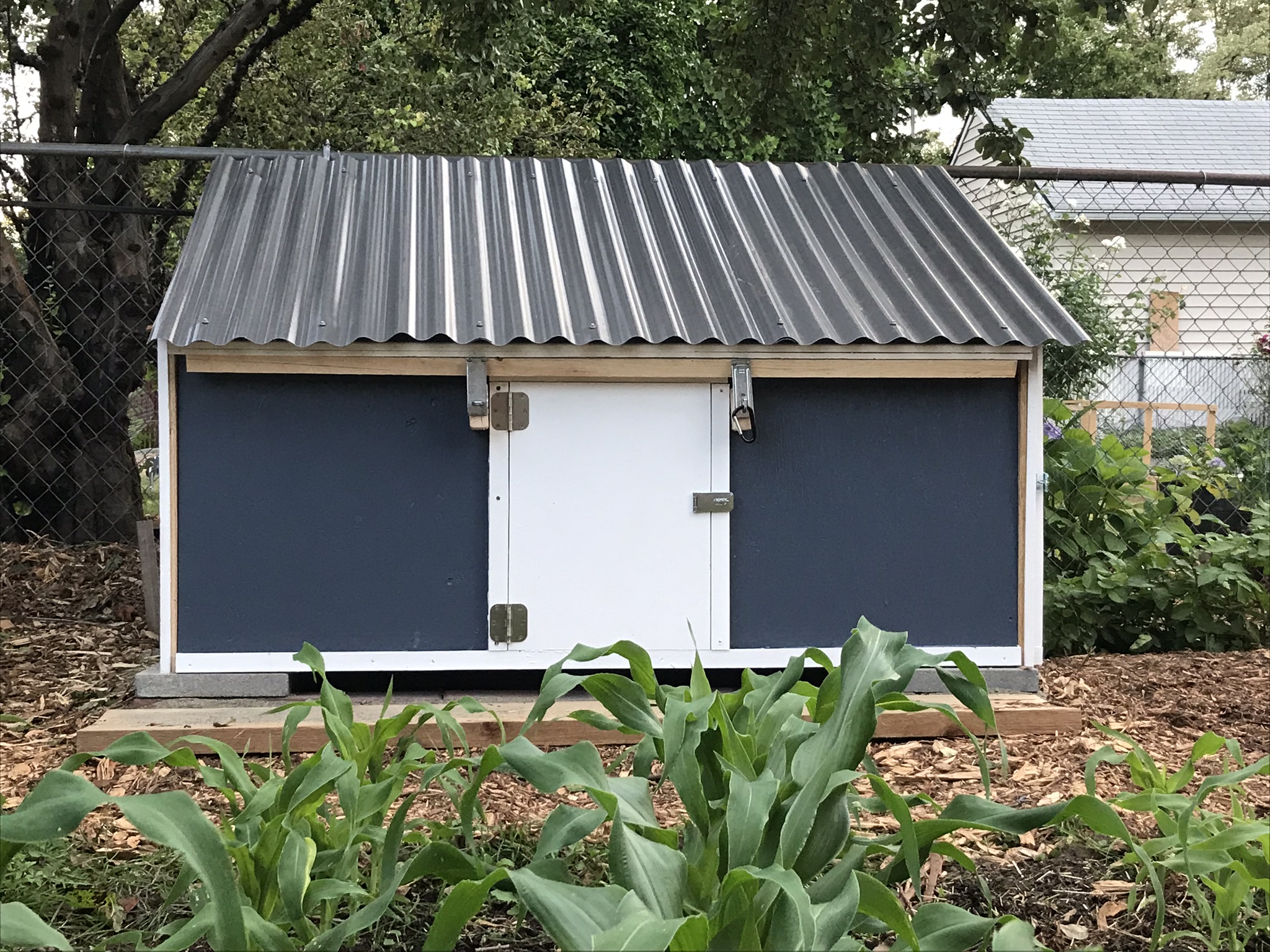
Can Ducks and Chickens Share a Coop
Can Ducks and Chickens Share a Coop and Run? Yes! Chickens and ducks can live together peacefully and share a coop. It does require a little planning so that the chicken roost is not located above the sleeping location for the ducks. However, these two backyard...

How to Build a Duck Coop
Everything About How to Build a Duck Coop Do you want to know how to build a duck coop that is perfect for your situation? Rest assured the basics are straightforward. There are many different ways to design the perfect duck coop. Have a small flock? Or planning on...
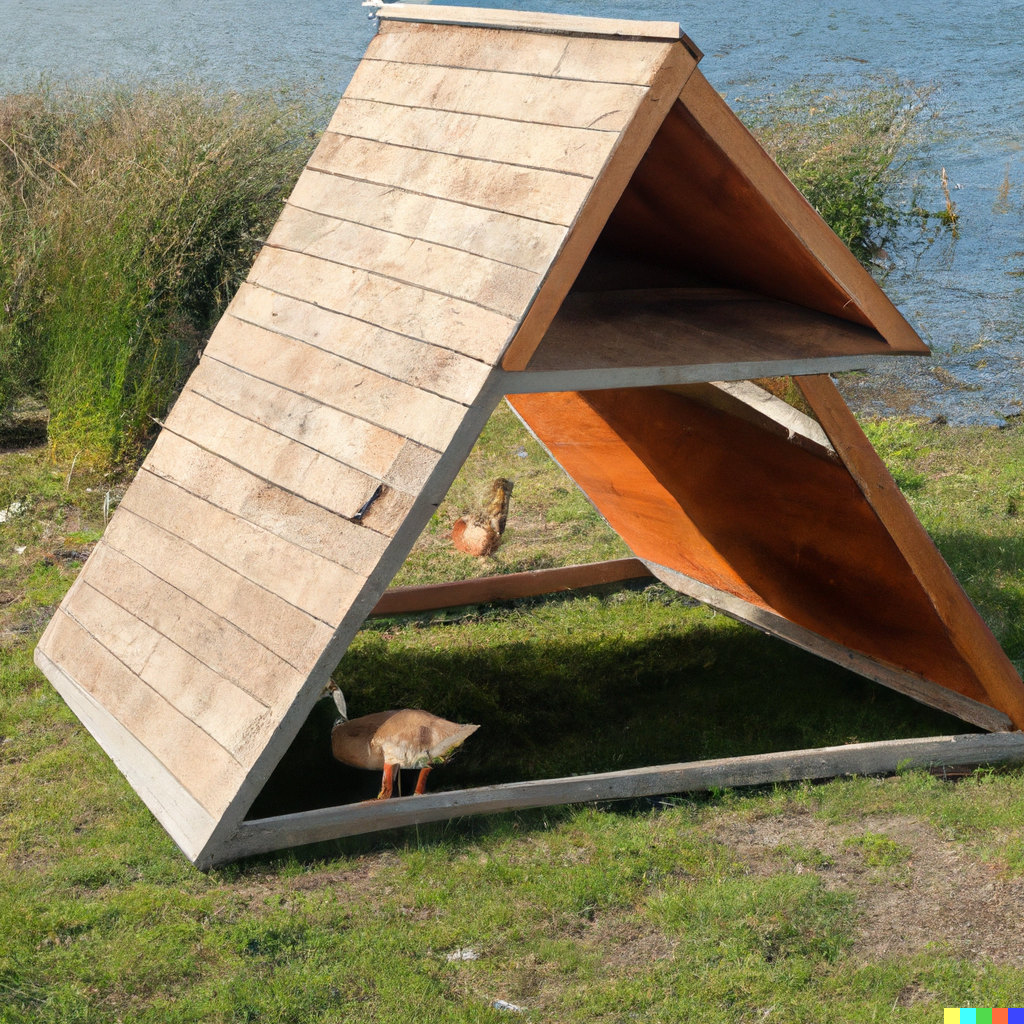
Cheap Duck Coop Ideas
Looking for Cheap Duck Coop Ideas? Ducks don't need much to be happy with their home. Hence cheap duck coop ideas are often the way to go for urban homesteaders raising animals on a budget. A proper duck house can be made from countless free materials or recycled...
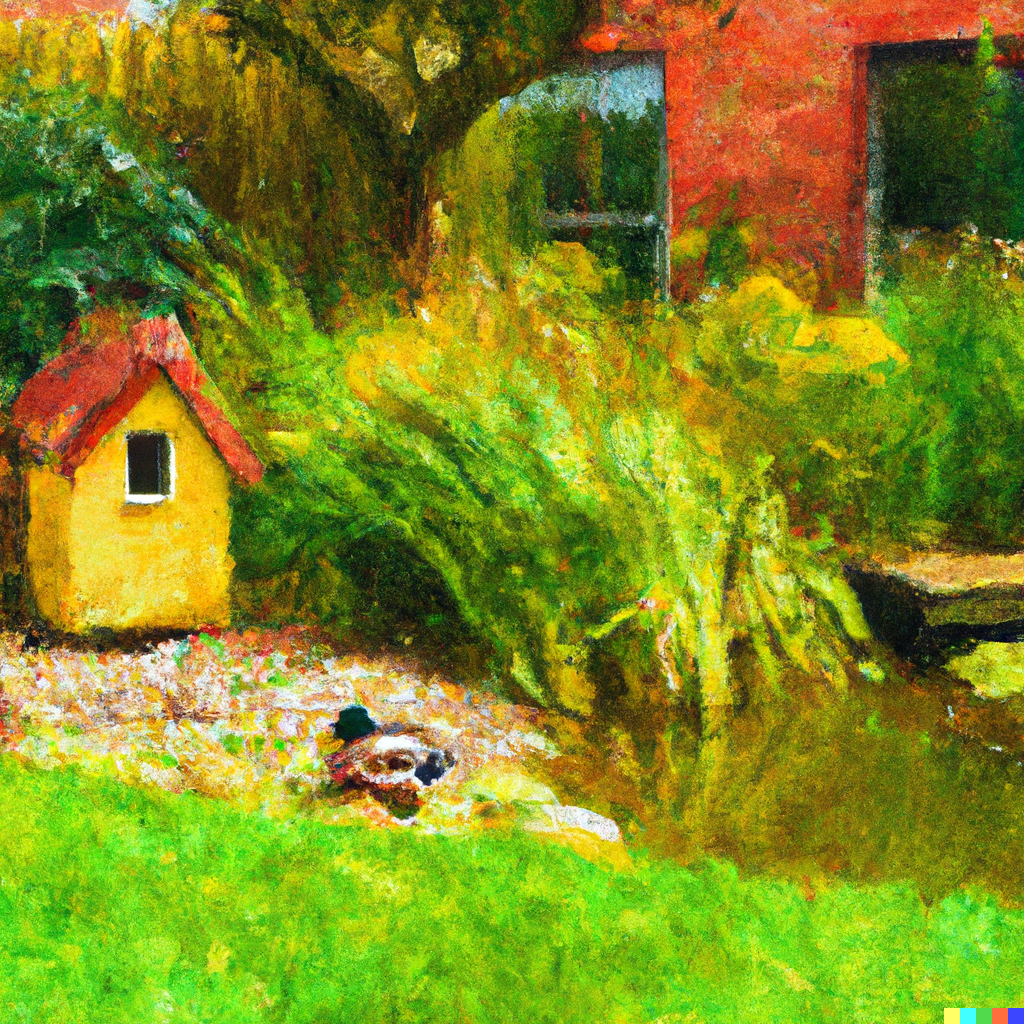
Backyard Duck Coop
Backyard Duck Coop Best Practices A backyard duck coop needs to have a minimum of 4 square feet of space per duck. The duck coop should have a roof and secure door that closes shut at night. A duck house should have adequate ventilation due to the heavy moisture...
Community Garden Projects
Our Community Garden Plot
Duck Ducks
We love our ducks.
Home Garden Project
Our 1/4 acre property is home to fruit trees and bushes, raised garden beds, and diverse native plants intermingled throughout.
Enjoying the Harvest
Using what we grow to feed ourselves, friends, and family.
About
Hi I am John Johnson and an avid urban gardener in the greater Portland Oregon area. We raise ducks and chickens in our urban lot. We also have planted a large food forest including apple, pear, persimmon, quince, cherry, apricot, and pawpaw trees. Our favorite understory shrubs include blueberries, raspberries, marionberries, honeyberries, and jostaberries. We grow a substantial garden with both in ground garden beds and raised garden beds. These are stories from our adventures growing food and raising animals in an urban setting and the tools that we use to make it happen. This site is supported by affiliate ad revenue.
Urban Homesteading in Practice
What elements of urban homesteading are you interested in?
- Reducing Resource Use. By using alternative energy sources such as installing solar roof panels, riding a bicycle, using public transportation, harvesting rainwater, drying clothes on a line, and reusing greywater.
- Raising Animals. A backyard poultry flock of chickens, ducks, or even other animals such as rabbits or goats. Honeybees and worms in a vermicomposter are also popular urban homesteading animals to raise.
- Edible Landscaping. Growing vegetable gardens, backyard orchard fruit trees, medicinal plants, and herbs, and converting lawns from traditional grass to food forest gardens.
- Self-Sufficient Living. Connecting with your community to trade and share resources that can be repaired, recycled, or made from scratch materials.
- Food Preservation. Managing a harvest of vegetables or fruit is just as important as growing. Canning, drying, freezing, and fermenting are the most popular methods for preserving a harvest for consumption over many months.
- Composting / Building Soil. On-site composting of plant materials and basic kitchen scrap materials. Building soil spreading compost throughout food forest or practicing chop and drop methods or spreading wood chips to feed the microbiology of the soil. Developing a rich soil ecosystem over years of intentional actions to feed the life in the soil.

